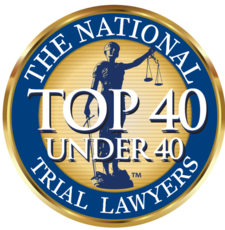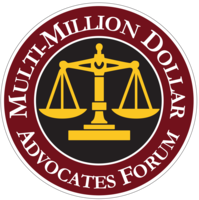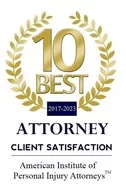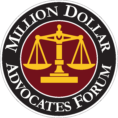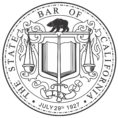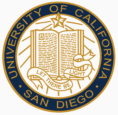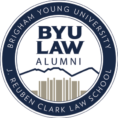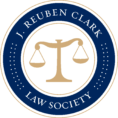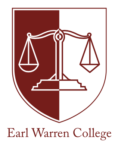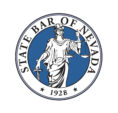Factors That Determine Liability in Car Accidents: What You Need to Know
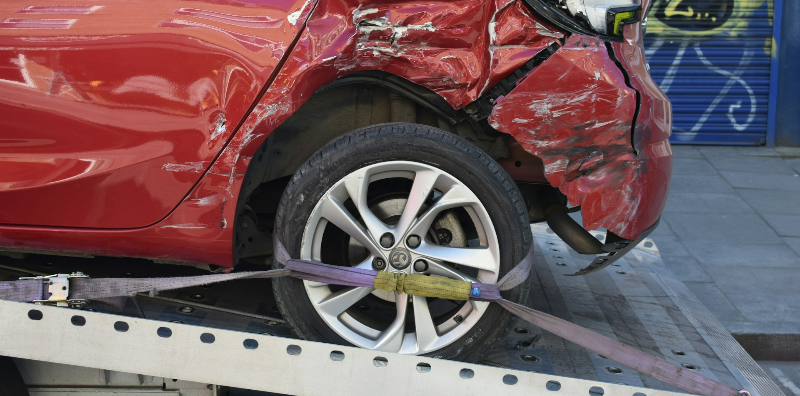
Being in a car accident is never a pleasant experience, even if it is only a fender-bender. Quite frequently, the cause of a car crash is negligence on the part of one of these involved drivers. This means the at-fault driver would be held liable, having to compensate for injuries and property damages.
But what if the negligent driver denies responsibility for the crash to the insurance company after leaving the accident scene? Though it’s your word against his, you have options.
To seek compensation for the damages you suffered from the accident, you must establish that the at-fault party or parties are liable for damages. But what factors are needed to prove car accident liability?
Four Basic Elements Needed to Establish Liability in a Car Accident
In every personal injury claim, four elements need to be proven to hold the at-fault party liable for compensation. These elements are the duty of care, breach of duty, damages, and causation.
Here’s how these elements apply in determining fault in auto accidents:
- Duty of care: The at-fault driver owed you a standard of reasonable care to avoid causing harm or injury. Motorists on the road are legally obligated to ensure their vehicles are safe and to obey traffic safety laws to avoid causing an accident.
- Breach of duty: This occurs when the at-fault driver violates his or her standard of reasonable care. In motor vehicle accidents, one common breach of duty is driving in an unsafe or reckless manner.
- Damages: Medical bills and other damages related to the car accident injuries sustained by the driver and passengers will be added up with any vehicle damage which would be counted as property damage.
- Causation: This means that you must prove that the damages suffered are a direct result of the unsafe or reckless actions of the other driver.
These basic elements may sound simple and straightforward, but proving them to determine car accident liability is more complicated than it appears.
Common Unsafe Driving Practices
As mentioned, the first element that must be shown is that the at-fault motorist was driving in an unsafe manner. Most car accidents are the result of a careless or reckless driver.
According to one source, negligence of various types on the part of the driver is a leading cause of crashes.
Some of the most common types of unsafe or reckless driving include the following:
- Distracted driving: Talking or texting on a handheld phone is by far the most common type of distracted driving. While using a phone, a driver’s attention is diverted away from the road for a considerable amount of time. Other forms of distracted driving include engaging with passengers, eating or drinking, and applying makeup.
- Aggressive driving: An aggressive driver shows a total disregard for the safety of the other drivers on the road. Aggressive driving includes speeding, tailgating, aggressive lane-changing, and running red lights or stop signs.
- Driving under the influence of drugs or alcohol: When a driver is under the influence of alcohol or drugs, his or her judgment is impaired. Additionally, the driver’s reflexes are slowed. This can easily lead to swerving into oncoming traffic or failing to stop in time.
- Fatigued driving: Sleep-deprived drivers are as dangerous as drunk drivers. According to AAA, on average, more than 300,000 accidents occur due to a fatigued driver. In addition to insufficient rest, sleeping disorders such as narcolepsy and side effects of some medications are causes of drowsy driving.
- Ignoring weather conditions: While dense fog can limit driver visibility, rain and snow can also create hazardous road conditions. During such inclement weather, drivers are expected to decrease speed as a safety precaution. Failing to do so could result in slamming into the back of another vehicle or hydroplaning into oncoming traffic.
In some cases, an auto accident may be the result of other factors that are not immediately obvious. This means that even if a driver engaged in negligent behavior, which caused the car accident, it may later be discovered that he or she was only partially at fault.
Other causes of car accidents include:
- Faulty car parts: In some cases, a defective part could have contributed to the crash. For example, if the braking system fails, this may cause a driver to lose control of the vehicle.
- Poor road conditions: Potholes, debris, and huge cracks in the road are all types of hazards that can contribute to a car crash. To avoid these, a driver may veer out of the lane into oncoming traffic.
- Poor signage: A lack of adequate signage or lighting can also contribute to a car crash. This is especially true on country roads at night, where it may be difficult to see yield or stop signs. Construction zones could also become hazardous if there are no adequate signs that indicate changes in the traffic pattern.
To isolate the key factors that establish car accident liability, you must prove whether a driver acted in an unsafe manner, a defective part or road hazard caused the accident, or both. This means that evidence needs to be gathered and analyzed to determine fault.
What type of evidence is needed? How can it be obtained?
Evidence Needed to Determine Liability in a Car Accident
While it is true that driver error is the cause of the car accident in most cases, the error must be clearly proven to recover damages. This is because even if a driver admits to causing the accident while at the crash scene, he or she may later recant such an admission.
Other factors may also determine the degree of liability on the part of an at-fault driver. Some of these factors include hazardous road conditions, inadequate signage, or a defective car part. To determine each party’s level of fault, your legal team must gather evidence and perform a thorough investigation to isolate the key factors related to the car accident.
The specific types of evidence needed in determining liability in a car accident may include, but are not limited to, the following:
- Photographs and videos: Taking plenty of pictures and videos at the scene of the collision can prove liability by showing what damages occurred and what injuries were sustained. This can be especially helpful if the case must go to court. Photos and videos can also show if weather conditions, lack of signage, or other road hazards contributed to the crash.
- Video surveillance footage: If there happens to be a video camera posted in the area, such as one attached to a traffic light, the investigation can be helped along by showing actual footage of the car crash. Footage can highlight many factors of the collision. Some of these include whether a driver was exceeding the speed limit, veering, or even failing to yield.
- Witness statements: If there were eyewitnesses to the accident, ask each of them to provide a written or recorded statement about what he or she observed. Make a record of their contact details for future use. The more witnesses to the accident, the more helpful the testimonies provided may be since they can provide details from different observation points.
- Police reports: When officers arrive at the accident scene, they will make observations, ask questions, and record relevant findings in a police report. An officer’s report is a valuable piece of evidence since it provides the date, time, and location of the accident. It also mentions the damages and injuries that resulted from the crash. The report may also include whether or not there is suspicion of drug or alcohol use.
- Cell phone records: Obtaining cell phone data records can help determine whether the phone was being used at the time of the crash. This could indicate that the driver was distracted by either talking, texting, or using apps on the phone.
- Medical records: In the aftermath of a car accident, it is important for injured victims to seek medical treatment as soon as possible. Not only will this help with their recovery, but it will create a paper trail connecting the injuries to the crash. Medical bills and records can be used to prove the extent of injuries and the cost of treatment.
- Lost income: Victims should make a record of any days missed from work (or lost job opportunities if self-employed). Tax records from previous years can also be used to factor in the amount of damages.
- Car repair records: Reports made by experienced mechanics regarding damages done to the car and the costs of repair could also be used to calculate monetary damages. Also, auto repair reports may be used to determine whether the cause of the crash was a faulty part or system.
- Personal journals: If a victim kept a daily journal of his or her activities after the crash, this could be used to document the difficulties on the path of recovery. Journals are also helpful in documenting the emotional state of a victim as he or she seeks to obtain what was lost.
Documenting and gathering evidence requires extensive investigation work to be done in the aftermath of a car crash. The work of gathering the evidence, analyzing the facts, and calculating and connecting the damages to the car accident in order to determine liability is very involved.
This is why it is necessary to have the help of an experienced personal injury attorney for your car accident claim. The right car accident attorney would know how to pursue the factors needed to prove liability and how to pursue fair compensation aggressively from all at-fault parties.
Identifying Potentially Liable Parties
Once the factors have been established in the aftermath of a car accident, the next step is to hold the responsible party liable for damages.
Depending on what the evidence has revealed, the crash may be just the result of one negligent driver. Or, perhaps the investigation uncovered other factors that may implicate multiple potentially liable parties.
Some of these potential parties may include the following:
- The vehicle manufacturer: If vehicle defects or a malfunctioning component are discovered to have caused the collision, the manufacturer may be held partially or entirely liable. Steering problems and abrupt engine failure are two examples of mechanical failure.
- An employer: If the accident occurred when the driver at fault was on the job, such as a delivery person or bus driver, then his or her employer may be found liable. Employers that require unrealistic delivery times or long working hours are encouraging their employees to engage in unsafe driving practices.
- A construction company: If the cause of the crash was poor signage in a work zone, then the construction company may be liable. A construction company has a legal obligation to warn drivers of possible dangers when approaching a work zone.
- A municipality: If the factors reveal the cause of the accident was potholes, cracks, debris in the road, or a malfunctioning traffic light, then the municipality could be held liable for damages. The county or state has a legal responsibility to keep the roads safe for travelers.
Why You Need the Help of a Car Accident Lawyer
In the aftermath of a car accident, you would do well to seek the legal guidance of an experienced attorney with your car accident claim. And at Harker Injury Law, you do not need to pay legal fees out of your own pocket for our help.
In addition to providing legal guidance, your lawyer could use accident reconstruction experts to isolate the factors of the crash and to determine who is liable for damages. Further, your lawyer would be familiar with the legal process on how to pursue all at-fault parties for fair compensation, including any third parties who may share liability.
Keep in mind that auto insurance companies perform their own investigations for fault determinations as well. Having the help of an experienced and compassionate law firm like Harker Injury Law is vital. Let us do the work while you take time to heal.
Complete our online contact form today to schedule a free, no-obligation consultation with one of our representatives. To us, every case is important — no matter how small.
